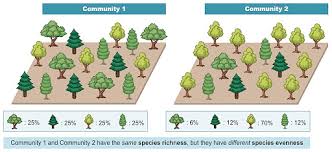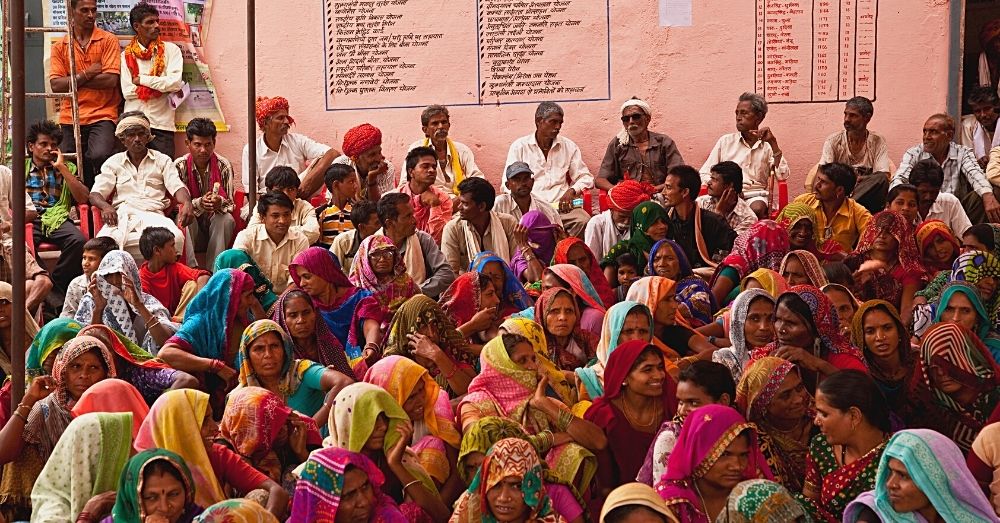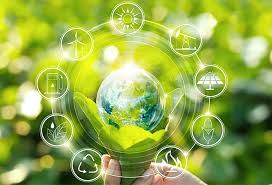Energy Flow Detailed Analysis
Energy flow is a fundamental concept in ecology that describes how energy is transferred through an ecosystem from one trophic level to another. Here’s a detailed analysis of energy flow, including its principles, pathways, and the factors influencing it.
1. Principles of Energy Flow
1.1. Energy Transfer Efficiency:
- Definition: The efficiency of energy transfer between trophic levels, usually around 10% on average.
- Explanation: Only a fraction of the energy from one trophic level is passed to the next. This loss occurs because energy is used for metabolic processes, growth, and reproduction, and is eventually lost as heat.
1.2. First Law of Thermodynamics:
- Definition: Energy cannot be created or destroyed, only transformed from one form to another.
- Explanation: In ecosystems, energy from the sun is transformed into chemical energy by producers and then passed through consumers and decomposers.
1.3.Second Law of Thermodynamics:
- Definition: In any energy transfer, some energy is lost as heat.
- Explanation: This loss results in a decrease in the amount of usable energy available at each successive trophic level.
2. Pathways of Energy Flow
2.1. Producers (Autotrophs):
- Role: Convert solar energy into chemical energy through photosynthesis.
- Process: Producers absorb sunlight and use it to synthesize organic compounds (e.g., glucose) from carbon dioxide and water.
- Example: Plants, algae, and cyanobacteria.
2.2. Primary Consumers (Herbivores):
- Role: Feed on producers to obtain energy.
- Process: Herbivores consume plant material and convert the chemical energy in plant tissues into energy for their own growth, reproduction, and metabolism.
- Example: Insects, rabbits, and deer.
2.3. Secondary Consumers (Carnivores):
- Role: Feed on primary consumers to obtain energy.
- Process: Carnivores convert the chemical energy stored in the tissues of herbivores into their own energy, continuing the flow of energy through the ecosystem.
- Example: Frogs, small predators like spiders.
2.4.Tertiary Consumers (Top Predators):
- Role: Feed on secondary consumers and sometimes primary consumers.
- Process: Top predators occupy the highest trophic level and obtain energy from consuming other consumers.
- Example: Eagles, lions.
2.5. Decomposers (Saprotrophs):
- Role: Break down dead organisms and waste products.
- Process: Decomposers recycle nutrients back into the ecosystem and release energy in the form of heat during the decomposition process.
- Example: Bacteria, fungi, earthworms.
3. Energy Flow Models
3.1. Food Chains:
- Definition: A linear sequence of energy flow from producers to various levels of consumers.
- Example: Grass → Grasshopper → Frog → Snake.
- Characteristics: Simplistic model showing a single path of energy transfer.
3.2.Food Webs:
- Definition: A complex network of interconnected food chains within an ecosystem.
- Example: In a forest ecosystem, different species may occupy multiple trophic levels, and many food chains overlap.
- Characteristics: More realistic representation of energy flow, showing multiple feeding relationships and energy pathways.
4. Factors Influencing Energy Flow
4.1. Productivity:
- Gross Primary Productivity (GPP): The total amount of energy captured by producers through photosynthesis.
- Net Primary Productivity (NPP): The amount of energy left after producers use some for their own metabolism. This is the energy available to primary consumers.
4.2. Trophic Efficiency:
- Definition: The efficiency with which energy is transferred from one trophic level to the next.
- Factors: Influenced by the type of organisms, their metabolic needs, and the amount of energy lost as heat.
4.3.Biomass Pyramids:
- Definition: Graphical representations showing the amount of biomass (organic material) at each trophic level.
- Characteristics: Typically, biomass decreases at higher trophic levels due to energy loss.
Practice Questions
- Question:
- Explain the concept of trophic efficiency and how it affects the amount of energy available at higher trophic levels.
Answer Outline:
- Trophic efficiency is the percentage of energy transferred from one trophic level to the next, usually around 10%. This means that only a fraction of energy is available to higher trophic levels, leading to decreased energy and biomass at each successive level.
- Question:
- Describe the roles of producers, primary consumers, and decomposers in an ecosystem’s energy flow.
Answer Outline:
- Producers: Convert sunlight into chemical energy through photosynthesis.
- Primary Consumers: Eat producers to obtain energy and nutrients.
- Decomposers: Break down dead organisms and waste, recycling nutrients and releasing energy as heat.
- Question:
- Create a simple food chain and discuss the flow of energy from producers to tertiary consumers.
Answer Outline:
- Food Chain Example: Algae → Zooplankton → Small Fish → Large Fish
- Energy Flow: Energy flows from algae (producers) to zooplankton (primary consumers), to small fish (secondary consumers), and finally to large fish (tertiary consumers). Energy decreases at each level due to loss as heat and metabolic processes.
- Question:
- How do food webs provide a more accurate representation of energy flow compared to food chains?
Answer Outline:
- Food webs show multiple, interconnected food chains and various feeding relationships in an ecosystem. They provide a more comprehensive view of energy flow and interactions between species, reflecting the complexity of real-world ecosystems.
Understanding energy flow helps illustrate how ecosystems function and how energy is distributed and utilized among different organisms.
Also Read




